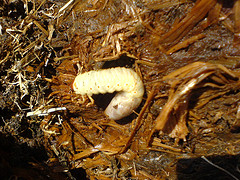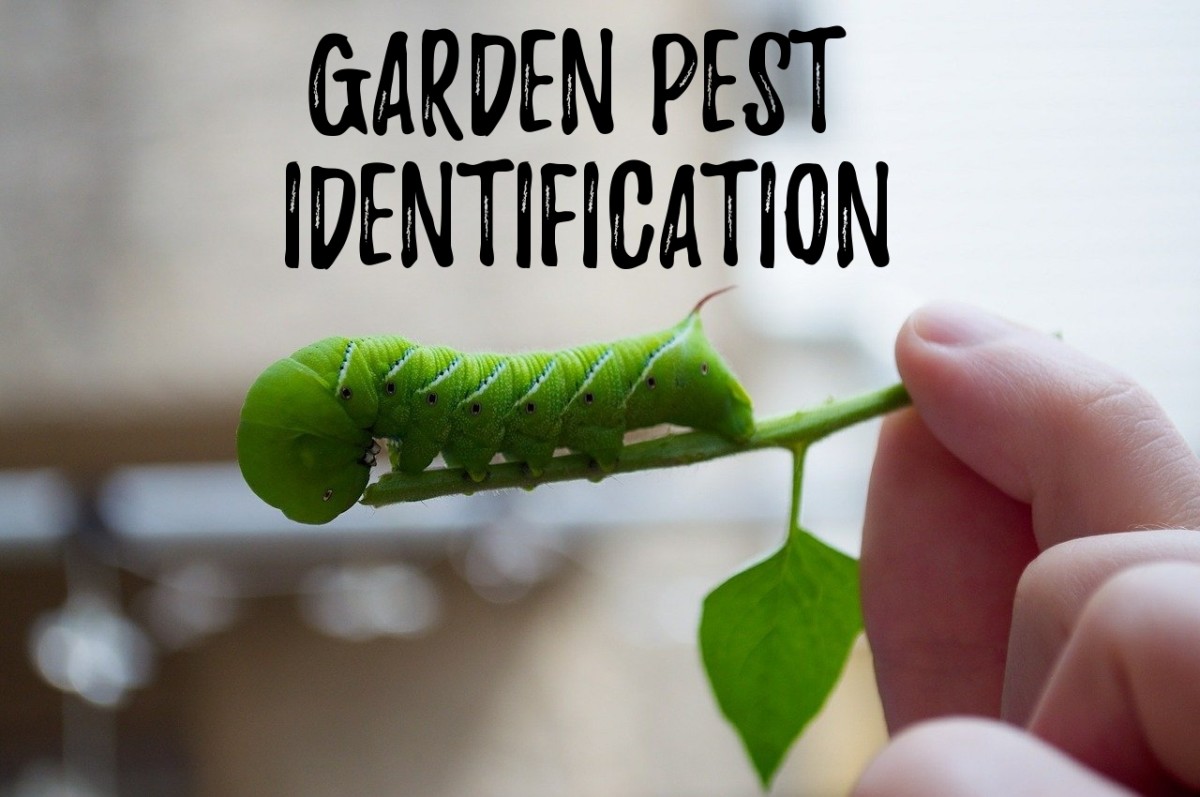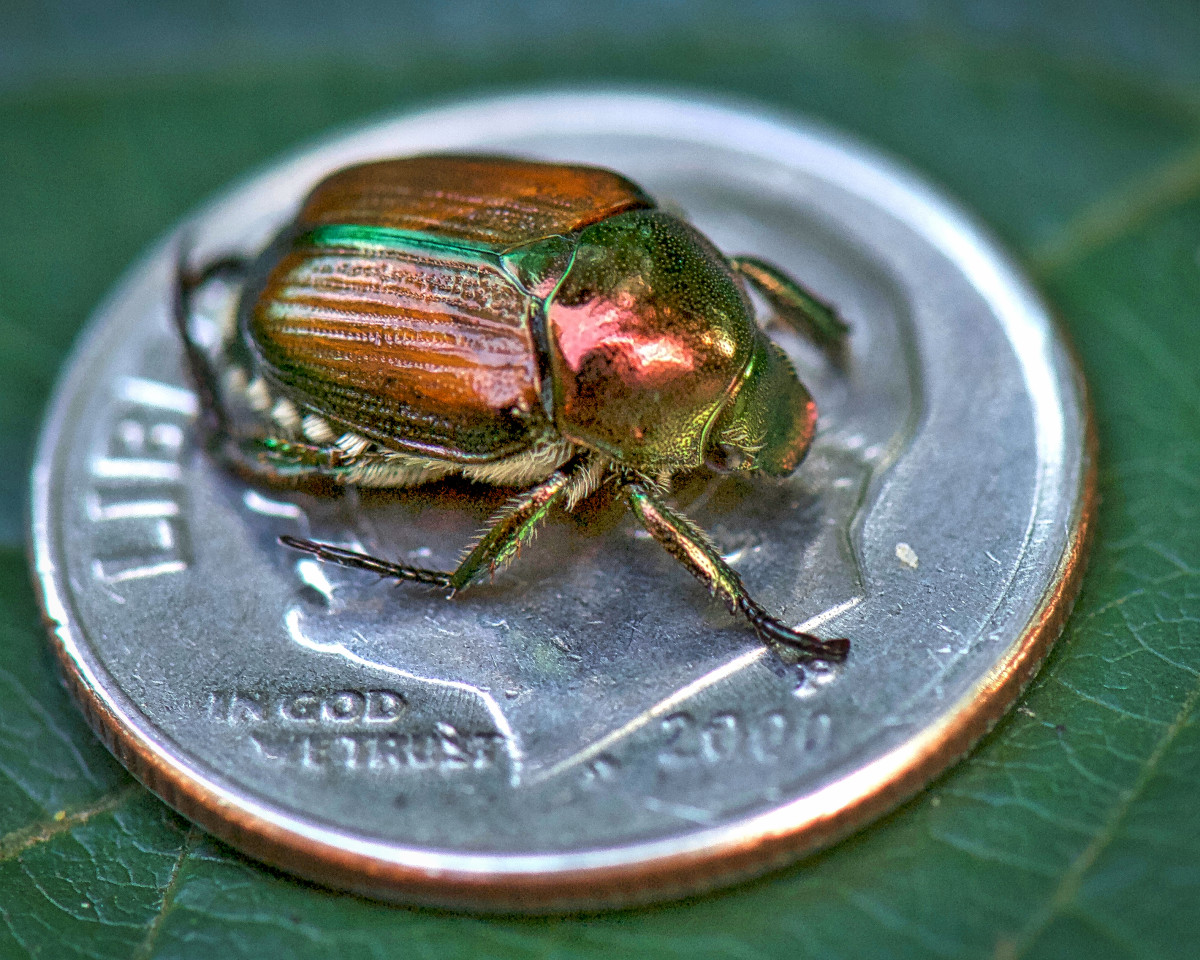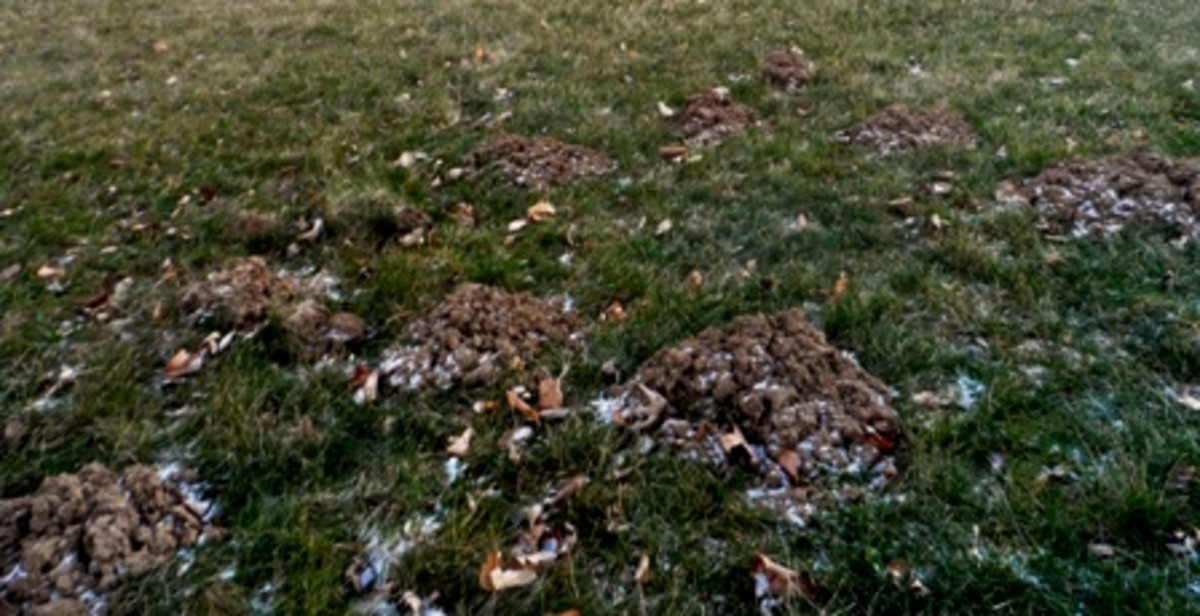Controlling the Japanese Beetle Larvae

The Japanese beetle as an adult or as a larvae can wreak havoc with your green lawn. The once green lawn you may have can slowly be eaten away, leaving unattached sod and dead grass. One year I had a really bad case of adult Japanese beetles. And the beetles ate at my roses and my peach and cherry tree. What did I do? I decided it was time to go to the root of the problem, the larvae.
What Is A Larvae/Grub
Are larvae looks like a white, short worm, that are more times than not, referred to as grubs. Note, I will use grubs and larvae interchangeably.
The larvae is the early cycle of a beetle. They are white, with a brown head,with six well developed legs. The size of the grub is dependent upon its species and age. So I will say on average, a grub can get to at least 1 inch in length. When you dig them up you will also notice that they are laying in a C-shape.
How Larvae Destroy Lawns
Since there are many different types of grubs I will restrict my conversation to the Japanese beetle larvae. Why? I have seen first hand what they can do to a lawn.
The Japanese beetle larvae can be destructive on your lawn and garden. If the larvae, left undisturbed and with adequate rainfall, will happily feed on the roots of your grass and plants for the next ten months.
Eventually your grass will not be able to get enough nourishment that it needs to survive because the roots of your grass has been destroyed. Eventually, your grass will grow brown and die. If you have heavy infestation you will notice that the grass will no longer be anchored in the ground and can actually be easily rolled back to see the larvae.
Possible Indicators of Larvae Infestation
Are there any indicators that can warn you of a grub infestation? Yes. If you notice a lot of crows, a skunk or a mole in your lawn, as well as adult Japanese beetles,you may want to be on the look out for the grub.
In my own case, I had crows and a mole that were homesteading on my lawn. And from the looks of the a fat dead mole, I have to assume he and the crows have been having no problem securing a hearty meal.
Testing For Grubs/Larvae
To assume you have a grub problem is one thing, however, the only way that you will truly know that you have a grub problem is by testing.. According to Penn State University of Entomology, you can do the following if you have a hunch that grubs have invaded your lawn:
- With a spade, remove 1 square foot of lawn in several areas.
- You will need to go down 2 to four inches.
- Examine the samples for grubs.
- Once complete, lay the soil back and water.
If grubs are found, it is time for action.
How to Get Rid Of Grubs
Some of the ways in which grubs can be controlled is either by natural methods and/or chemical methods. I prefer to use the natural methods as much as possible. So let’s cover the natural ways.
- Try to keep the lawn dry in July and August and then the larvae and eggs will dry up. However, with no water, that can cause your grass to begin turning brown from thirst. But of course, the weather can eliminate that option in a hurry.
- Bacterial Milky Spore Product. This product is a bacteria, thus, it can take from 3 to 5 years to become established. This is how the Milky Spore product works. The grub will eat the bacteria, it will then die. Upon the larvae death, the carcass will begin to release more of the bacterium into the soil. Once established they can keep the larvae in check for up to 10 years. As you can see, this is not a quick solution.
- Beneficial Nematodes – You spray the nematodes, which are tiny beneficial worms, on your lawn. Then you the nematodes will go to work. They will invade the body of the grub, killing it. But most importantly, these beneficial nematodes will kill only the larvae while leaving lady bugs, earth worms and other beneficial insects unharmed. If you do decide to use nematodes be sure NOT to use any chemicals on your lawn or it can kill the beneficial nematodes.
Each person has their own method of getting rid of grubs. I prefer going with the natural methods because I do not want to risk killing any beneficial insects or endangering pets in the process.
References
http://whygoodnature.com/how-to-control-grubs-without-chemicals





